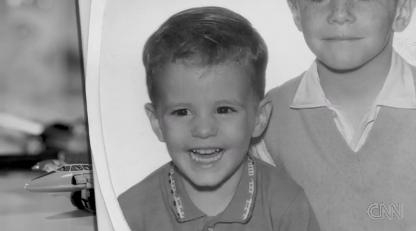
Anderson Cooper 360 has brought national attention to the “sissy boy” experiment, a government-funded experimental therapy offered at UCLA in the ’70s. The unorthodox and horrifying experiment started when a concerned mother took her five-year-old son, Kirk Murphy, to a doctor. She was worried about his effeminate behaviour: Kirk liked to play with girls’ toys and didn’t get along well with other boys. She agreed with the doctor’s suggestion that Kirk take part in an exploratory treatment.
What followed was a series of outrageous therapy techniques, which destroyed the child’s entire sense of self. Kirk was put in a room with both “boy” and “girl” toys and examined through a one-way window. His mother, who was also in the room, was told to ignore him when he played with the girls’ toys. When he played with the boys’ toys, she was told to overwhelm him with praise. At times, Kirk was physically removed from the room after becoming hysterical because of his mother’s lack of attention or acknowledgement.
At home, he was given a red chip every time he displayed feminine behaviour or played with girls’ toys and a blue chip when he displayed masculine behaviour or played with boys’ toys. At the end of every day, if he had more red chips than blue, his father would beat him, sometimes so severely that he would have welts on his backside. During her interview on 360, Kirk’s mother admitted, “Today, it would be considered abuse.”
As a result of the trauma, Kirk never learned how to build substantial relationships, which left him an outcast and friendless his entire life. Although he came out in adulthood, he was never comfortable with his sexuality or able to date. In 2003, at age 38, Kirk Murphy killed himself.
To this day, the experiment is deemed a success. Discredited psychologist George Rekers, who lead the experiment, noted that Kirk’s effeminate behaviour had ceased, although his family insists that it never went away and that he simply learned to repress it.
Tonight on Anderson Cooper 360, Anderson confronts Rekers and his claims, with Kirk as proof, that homosexuality can be overcome.
It can’t be overcome, but ignorance can. So let’s all say a little prayer, not only in memory of Kirk, but also for people like George Rekers – because Lord, do they need it.
 Why you can trust Xtra
Why you can trust Xtra


